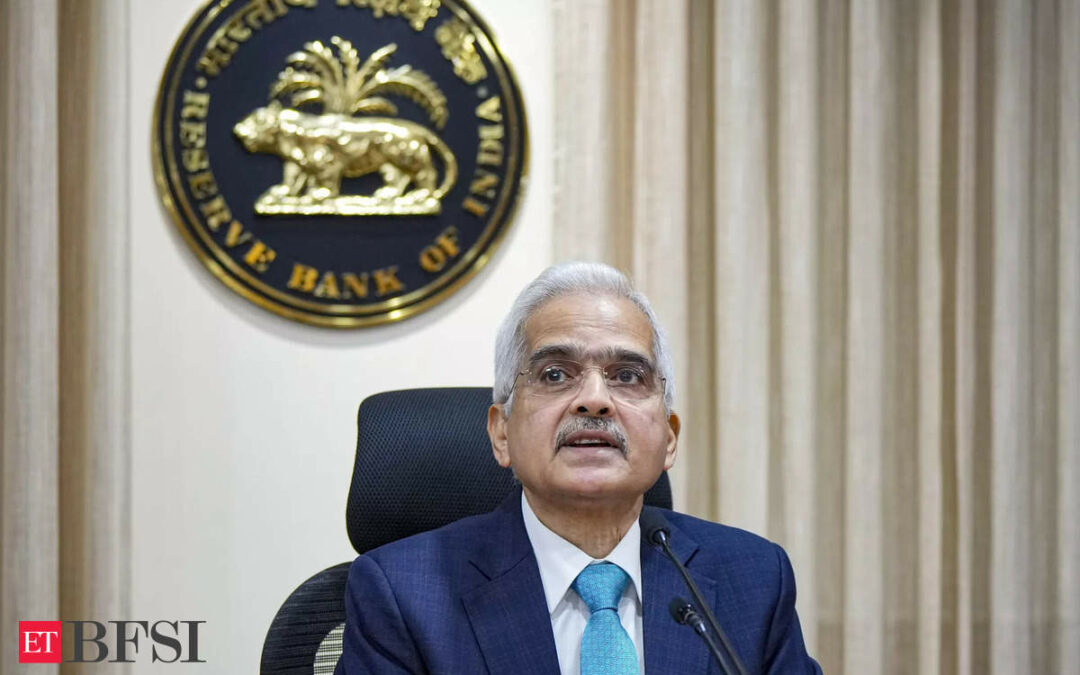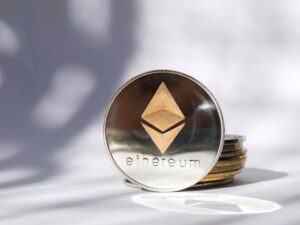The IMF’s World Economic Outlook (July 2024) projected 3.2 % global growth in 2024. Calamitous events like the Iran-Israel War and the Russia-Ukraine War have heightened economic instability, amplified sector-specific risks, and intensified regulatory uncertainties. These geopolitical events have accentuated global tensions, disrupted trade, and caused fluctuations in the global markets, which in turn affect investor confidence and capital flows into emerging markets like India.
Global Cues-Fed Move
The US Federal Reserve cut its benchmark interest rates by half a percentage point, its first interest rate cut since the early days of the Covid-19 outbreak by an overwhelming 11-1 vote. If the emergency rate reductions undertaken during Covid were to be discounted, the last time the Federal Open Market Committee (FOMC) cut by half a percentage point was way back in 2008, during the global financial crisis.The US Fed cut the interest rate in mid-September. Historically the rate cut is followed by a big fall, e.g., in 2008 and 2020. But subsequently the market recovered. A similar thing may happen now also. The competitive policy of China’s central bank may aggravate the situation. However, depending on the US election results, the market may recover soon. The geo-political situation in Middle East and Russo Ukraine war may also temporarily aggravate the market fall.
A cut in interest rate typically incentivises economic activity, promotes growth, and increases job creation by making it cheaper for people to borrow and invest money.
The US economy continues to grow robustly SEP estimates GDP growth to be around 2% for the coming 2-3 years and the unemployment rate, even though it has risen to 4.4%, is still fairly low and expected to trend downwards.
The European Central Bank had reduced its policy rate by 25 basis points to 3.50 % on top of a similar cut in June.
Smelling the coffee: Extensive measures by the Chinese Central Bank
Difficult times are ahead for the global economy and red flags abound. The IMF’s projections indicate 5% GDP growth in China. What injects an element of conjecture and speculation in the overall scenario is the disarray in the Chinese economy and “the trilemma of the central banks” (Gita Gopinath) transcending the traditional dilemma of reducing inflation without significantly damaging growth and avoiding financial instability. An unenviable situation!
In this overarching setting, People’s Bank of China Governor Pan Gongsheng announced extensive support measures to shore up the deepening economic deceleration and facilitate borrowing money for households and companies. Such measures included slashing the reserve requirement ratio, or RRR, by 50 basis points in the near term, cutting the 7-day repo rate by 0.2 %age points, followed by a 0.2-0.25% cut in the loan prime rate.
Due to mounting defaults and delinquencies, this multi-pronged strategy would help 50 million households and 150 million people, reducing household interest expenses by an average of about 150 billion yuan ($21 billion) annually. The impact of these sledgehammer measures was manifested in China’s 10-year government bond yield plummeting to a record low of 2 %. However since the macro-economic fragility fundamentally stems inter-alia from declining exports, real estate disruptions, high youth unemployment, falling foreign investment, and low consumer confidence, it remains to be seen whether such measures cure the disease or its symptomatic manifestations.
Macro Setting
There are no easy answers, the choices are tough and a measured and calibrated response is needed. We are in for gathering storms, rocky times, and volatility. Against this overarching canvas, India’s GDP at constant prices grew by 6.7 % in Q1 FY25. Robust economic growth and resilience despite global headwinds make India an outperformer at the global level. In a recent article, Dr. Krishnamurthy Subramanian has cogently argued for a macroeconomic focus on growth, social and economic inclusion, ethical wealth creation by the private sector, and a virtuous cycle ignited by private investment.
Evolving Growth -Inflation Dynamics
The GDP growth is on track and we do not see any difficulty in achieving a growth of 7.2 %, i.e., the RBI target of 7.2 % for FY25.
The Consumer price index (CPI) inflation in August 2024 at 3.65% (the second-lowest retail inflation in the past five years, compared with 6.83% a year ago) is well within the RBI comfort zone of 2-6% and is lower than its target of 4%. Core inflation, which excludes volatile food and fuel prices, has been consistently down-trending for nearly 16 months and is now in a 3.1–3.3% range, which is a series-low. But food inflation rose to 10 % in August, up from 6.8 % in and causes widespread concern for the poor, the marginalized and the vulnerable sections of the population, what Professor CK Prahlad termed as the “bottom of the pyramid”. The RBI’s inflation projection for the current fiscal is 4.5%, with 4.4% for Q2, 4.7% for Q3, and 4.3% for Q4.
Banking Liquidity
Steady credit disbursal by scheduled commercial banks (SCBs) in the first half of FY25 is manifested in credit growth of 13.3 % vis-à-vis deposit growth of 11.6 % (September 29, 2024) and there does not seem to be any structural asset-liability mismatch.
No Rate Action –How and Why
In this overarching macroeconomic setting of heightened geopolitical tensions, core inflation inching upwards, oil price volatility, and high food inflation, we anticipate a change in the RBI’s policy stance from “withdrawal of accommodation” to “neutral” at its forthcoming MPC meeting on October 9, 2024. However, we do not see any rate action coming and the benchmark interest rates may not undergo any change. A rate cut of 25 bps seems likely in December 2024.
(The author Dr. Manoranjan Sharma is Chief Economist, Infomerics Ratings. Views are own)










